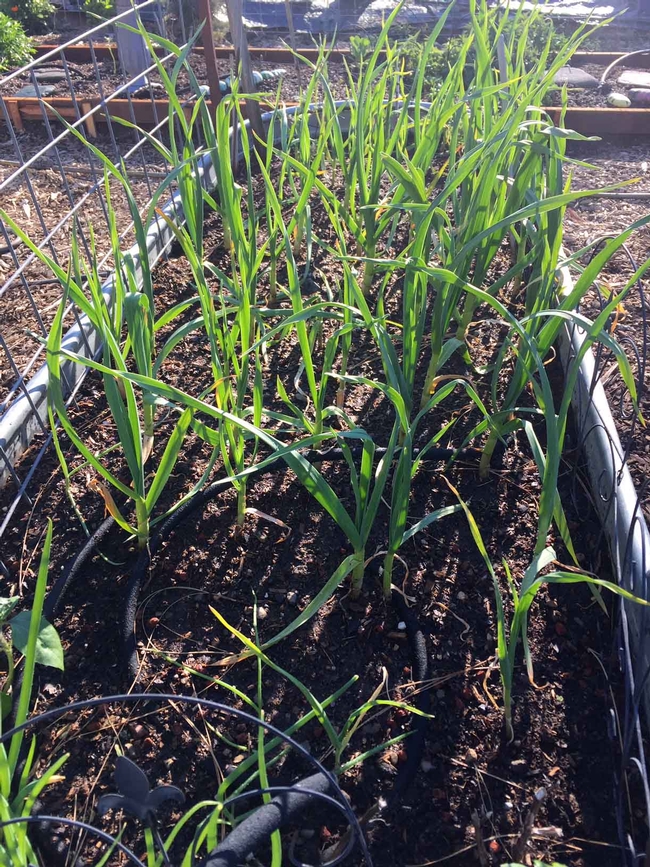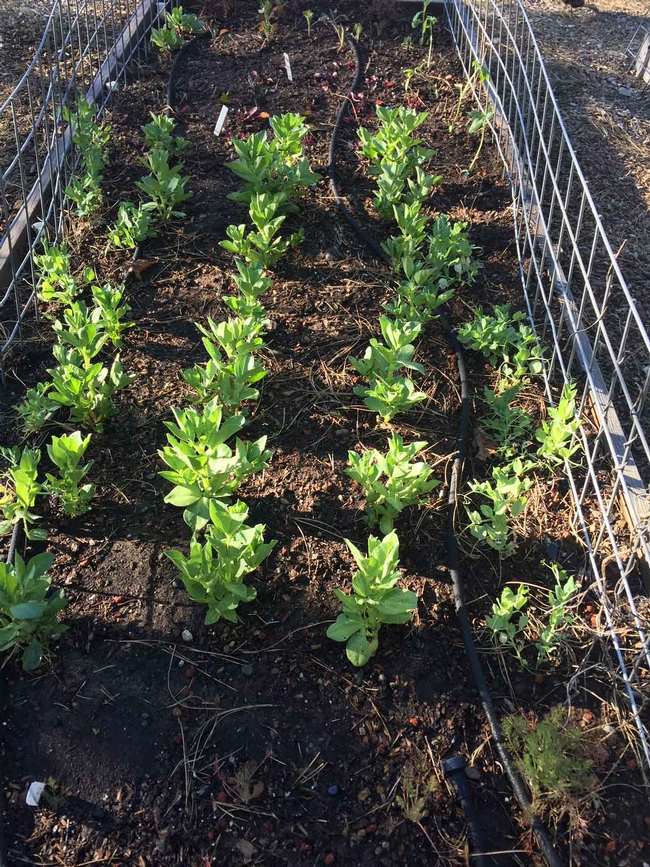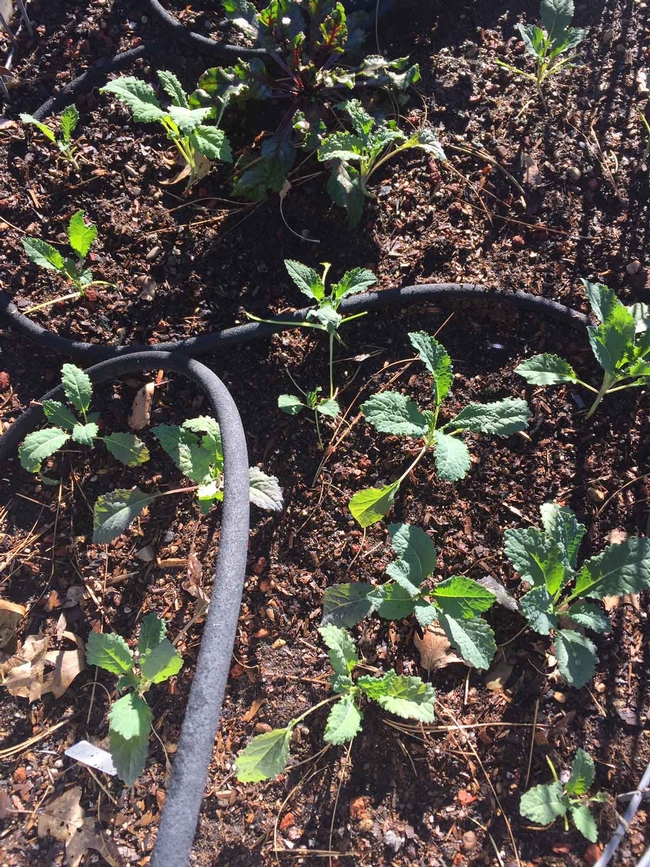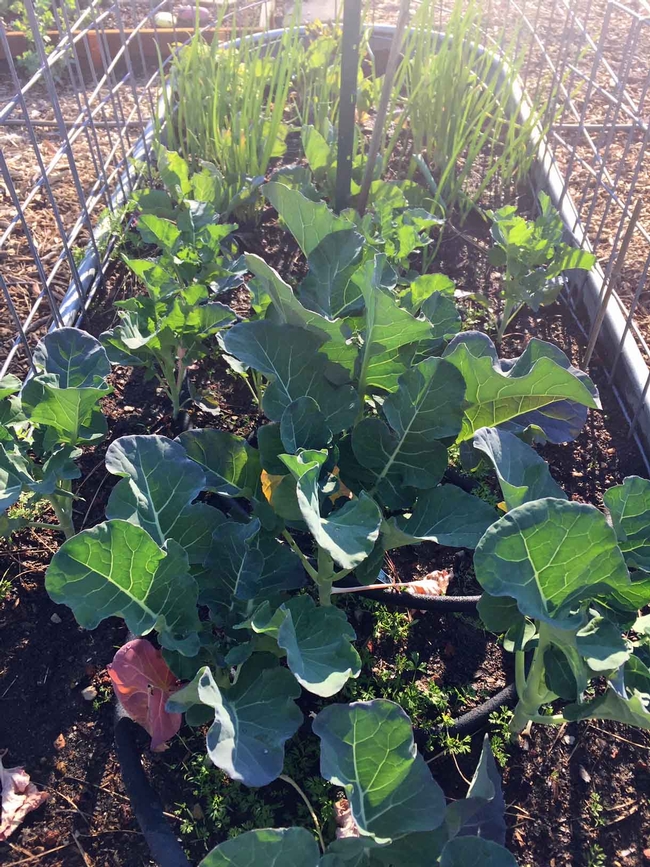Butte County has had its share of disaster and turmoil. Now we face a virus that may not go away completely. Shopping for food has become a challenge. The stores are not always stocked the way they used to be. Times are challenging.

This kind of garden can be as small as some microgreens growing on a windowsill, or, if you have a deck or patio, you can fill containers with nutrient-dense vegetables. Out in the yard, you can tuck some vegetable plants into spaces around your existing landscape plants. If you have room, you can build or buy raised beds; these can be made of used lumber or even a repurposed old galvanized stock tank.
We live in a moderate climate that is great for planning and planting a food garden. Many nutrient-dense cool season vegetables can be planted now. They have a quick turnaround time, so in about thirty days you can go from planted seed to food on your plate. Leafy greens like kale and chard grow quickly. Lettuces, onions, broccoli, and beets do well in our area until it gets too warm.

Find something to grow that will work in your yard. If you plant the right plant in the right place at the right time you should be successful. If your yard is partly shaded, lettuces, leafy greens and spinach should work for you. Perhaps you can plant your vegetables and herbs in containers that are small enough to move around to sunny spots. Think creatively: if your vegetable-growing neighbor has a sunny yard, perhaps you can trade your leafy greens for their tomatoes and squash. Work together and plan your gardens so you can share food. If you have lots of room, plant an extra row so you will have extras to give away to someone in need.
The main prerequisite for growing vegetables is to find a spot where there is sunlight and water. Watch your yard for a full day to map where the sunlight hits. The area that gets the most sun is perfect for growing summer (warm season) vegetables. If this happens to be on a patio or a deck, remember that you can use containers filled with a container soil mix to grow almost any vegetable.

Cool weather crops grow best in air temperatures of 50 to75 degrees and soil temperatures of 50 to 65 degrees.
For a specific seed starting chart for your area, consult either the UC Master Gardeners of Butte County vegetable planting guide for the Chico valley area, or for the foothills.
Choose nutrient-dense vegetables like potatoes, cow peas, okra, shelling beans, and peppers. Tomatoes are not considered nutrient dense, but they are delicious.
Consider growing dry beans like pinto or black beans. These can be eaten fresh or allowed to dry on the vine. Once dried, they're picked and shelled. They can be stored for a long time in your pantry.

There are a few vegetables like okra and cow peas that work well together and are also drought resistant. You might consider incorporating an old Native American tradition called the “three sisters.” To do this, start by planting corn. When the corn is about five inches tall, plant pole beans around the corn stalks. The beans will use the corn as a trellis. Then plant squash or pumpkins around the beans. This method uses less water because the squash or pumpkin leaves shade the ground and help the soil retain water.
Growing popping corn is another way to prolong your food harvest. Once the corn is ready to pick, dry it and then remove the kernels from the cob. Store in an airtight container to be popped later.
Diversity in your food garden is a way to help it be more resilient. Adding some culinary herbs and pollinator-friendly flowers will invite beneficial insects to pollinate your vegetables and may help minimize undesirable bugs.

The UC Master Gardeners of Butte County are part of the University of California Cooperative Extension (UCCE) system. To learn more about us and our upcoming events, and for help with gardening in our area, visit our website. If you have a gardening question or problem, call the Hotline at (530) 538-7201 or email mgbutte@ucanr.edu.